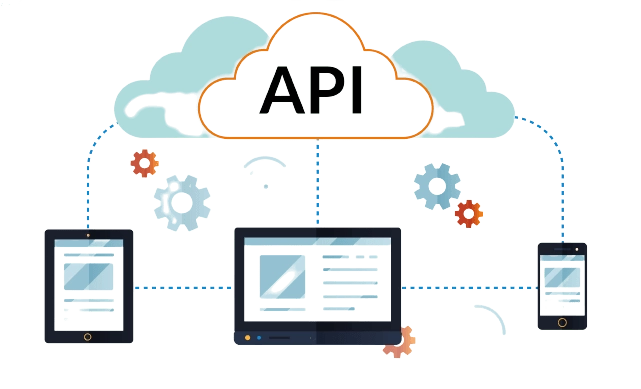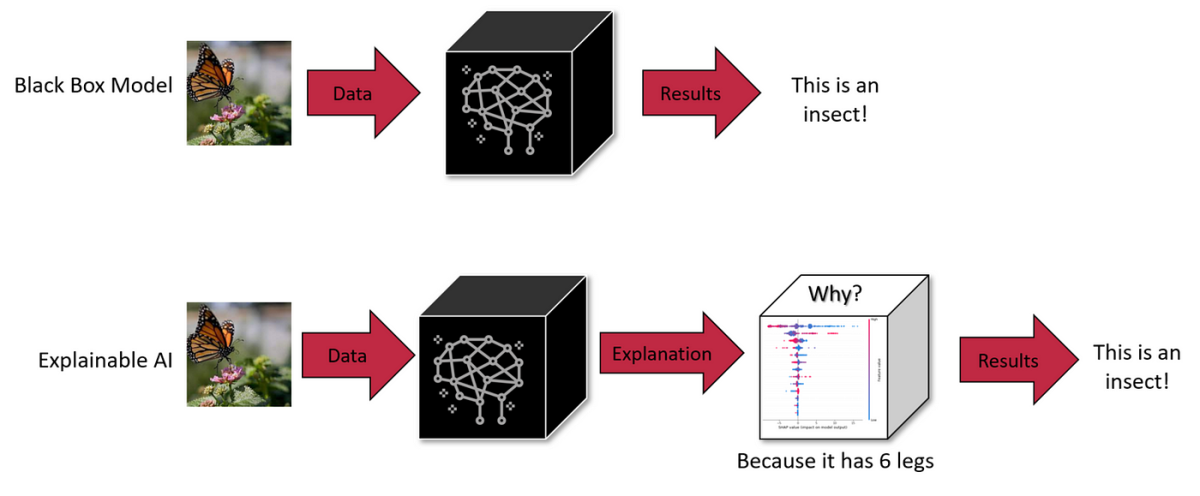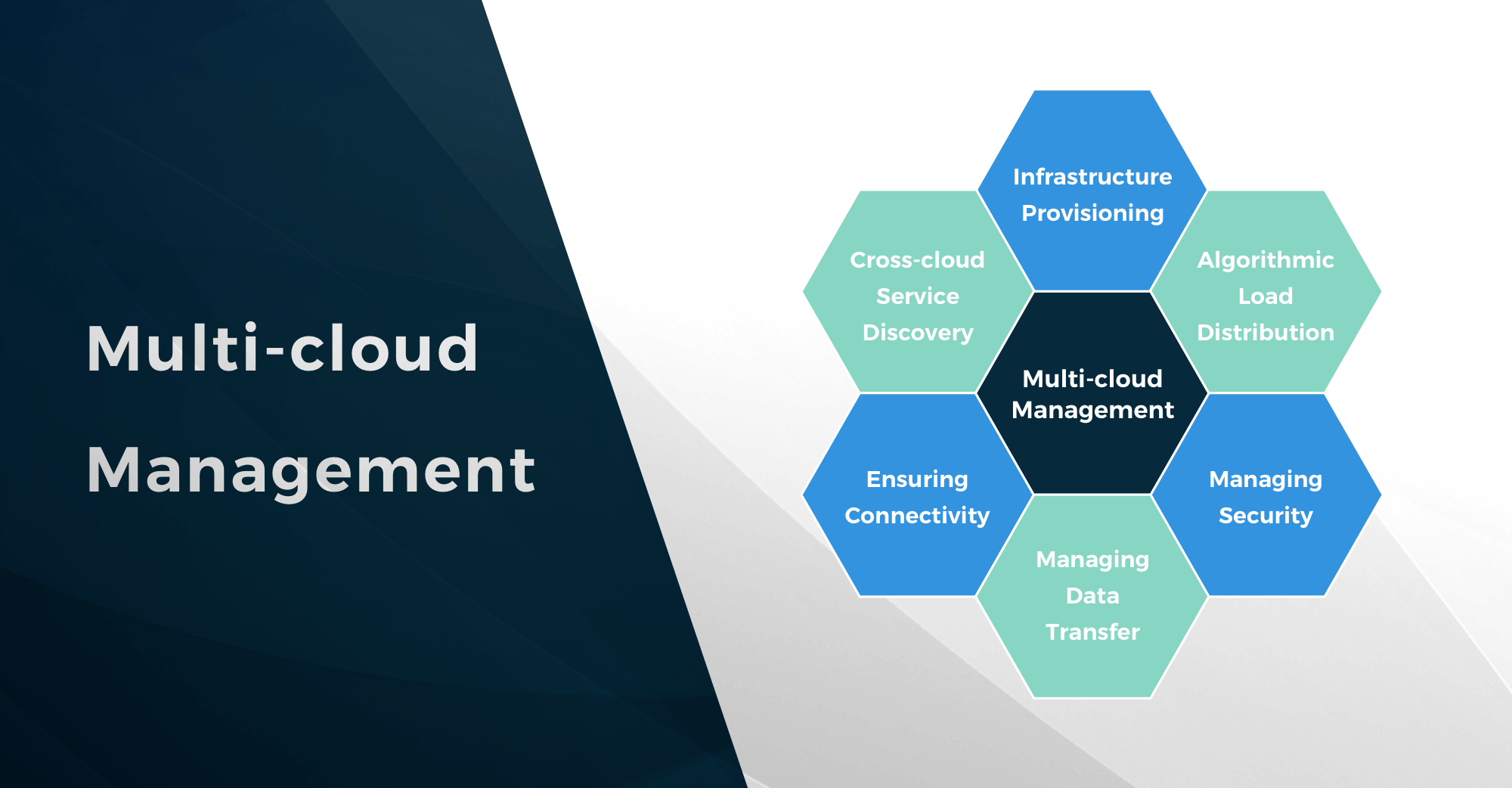“Diving Deep into Cloud APIs: Powering the Modern Digital Landscape
Artikel Terkait Diving Deep into Cloud APIs: Powering the Modern Digital Landscape
- Stress Testing: Pushing Your Systems To The Brink To Ensure Resilience
- The Symphony Of Sound: A Deep Dive Into Voice Recognition Technology
- The Power Of Prediction: Understanding Computer Simulation
- The Dawn Of Seamless Interaction: Exploring The Power Of Smart Interfaces
- The Thriving Mobile Ecosystem: A Deep Dive Into Its Components, Evolution, And Future
Table of Content
Video tentang Diving Deep into Cloud APIs: Powering the Modern Digital Landscape
Diving Deep into Cloud APIs: Powering the Modern Digital Landscape

Cloud APIs (Application Programming Interfaces) are the unsung heroes of modern computing. They are the invisible bridges that connect diverse applications, services, and data across the internet, enabling seamless integration and fueling innovation in countless industries. Understanding cloud APIs is crucial for anyone involved in software development, IT management, or even just navigating the increasingly complex digital world.
What are Cloud APIs?
At its core, an API is a set of defined rules and specifications that allow different software systems to communicate and interact with each other. Think of it as a restaurant menu. The menu (API) lists the available dishes (functions) and how to order them (parameters). The kitchen (cloud service) then prepares the dish and delivers it to you (data return).
Cloud APIs specifically expose the functionalities of cloud-based services. These services can range from storage and computing to AI and machine learning, all accessible via standardized interfaces. Instead of building these functionalities from scratch, developers can leverage cloud APIs to quickly and easily integrate them into their applications.
Why are Cloud APIs Important?
The importance of cloud APIs stems from the transformative benefits they offer:
- Increased Agility and Speed: Developers can rapidly prototype and deploy applications by leveraging pre-built functionalities provided by cloud APIs. This drastically reduces development time and allows businesses to respond quickly to market demands.
- Reduced Development Costs: Instead of investing in developing complex infrastructure and functionalities in-house, businesses can subscribe to cloud services and access them through APIs. This significantly lowers development costs and allows resources to be focused on core competencies.
- Enhanced Scalability and Flexibility: Cloud APIs provide access to the inherent scalability and flexibility of cloud platforms. Applications can easily scale up or down based on demand, ensuring optimal performance and cost efficiency.
- Improved Interoperability: Cloud APIs promote interoperability between different systems and applications. This allows for seamless integration of diverse services, creating a more connected and efficient ecosystem.
- Innovation and New Business Models: By providing access to cutting-edge technologies like AI and machine learning, cloud APIs empower businesses to innovate and create new products and services.
- Simplified Integration: APIs abstract away the underlying complexity of cloud services, providing a simplified and consistent interface for developers to interact with them.
- Focus on Core Business Logic: By offloading infrastructure management and complex functionalities to cloud providers, developers can focus on building the core logic and unique features of their applications.

Types of Cloud APIs:
Cloud APIs come in various forms, each with its own characteristics and use cases:
- REST (Representational State Transfer) APIs: The most popular type of cloud API, REST APIs use standard HTTP methods (GET, POST, PUT, DELETE) to access and manipulate resources. They are known for their simplicity, scalability, and statelessness. REST APIs often return data in JSON (JavaScript Object Notation) or XML (Extensible Markup Language) formats.
- SOAP (Simple Object Access Protocol) APIs: A more complex and rigid API type, SOAP APIs use XML-based messaging to exchange data. They often require more overhead and are typically used in enterprise environments where security and reliability are paramount.
- GraphQL APIs: A query language for APIs that allows clients to request specific data, reducing the amount of data transferred over the network. GraphQL APIs are known for their efficiency and flexibility.
- gRPC (gRPC Remote Procedure Call) APIs: A high-performance, open-source RPC framework developed by Google. gRPC APIs use protocol buffers for serialization and are often used in microservices architectures.

Key Considerations When Choosing a Cloud API:
Selecting the right cloud API is crucial for the success of any project. Here are some key considerations:
- Functionality: Does the API provide the functionalities needed for your application? Carefully evaluate the API’s capabilities and ensure they align with your requirements.
- Performance: How responsive and efficient is the API? Consider factors like latency, throughput, and scalability.
- Security: Does the API provide adequate security measures to protect your data? Look for features like authentication, authorization, and encryption.
- Reliability: How reliable is the API? Check the provider’s uptime guarantees and track record.
- Pricing: How is the API priced? Consider factors like usage-based pricing, subscription fees, and data transfer costs.
- Documentation: Is the API well-documented? Clear and comprehensive documentation is essential for developers to effectively use the API.
- Support: Does the provider offer adequate support? Consider factors like response time, availability, and expertise.
- Community: Is there a strong community around the API? A vibrant community can provide valuable support and resources.
- Ease of Use: How easy is the API to use? Consider factors like the complexity of the API and the availability of libraries and tools.
- Compliance: Does the API comply with relevant regulations and standards? This is particularly important for businesses operating in regulated industries.
Examples of Popular Cloud APIs:
The landscape of cloud APIs is vast and constantly evolving. Here are some examples of popular cloud APIs across different categories:
Compute:
- Amazon EC2 API: Provides access to virtual servers in the cloud.
- Google Compute Engine API: Similar to EC2, offering virtual machine instances.
- Microsoft Azure Virtual Machines API: Azure’s equivalent for managing virtual machines.
Storage:
- Amazon S3 API: Enables object storage for various data types.
- Google Cloud Storage API: Google’s object storage service.
- Microsoft Azure Blob Storage API: Azure’s solution for storing unstructured data.
Database:
- Amazon RDS API: Provides access to relational databases like MySQL, PostgreSQL, and SQL Server.
- Google Cloud SQL API: Google’s managed relational database service.
- Microsoft Azure SQL Database API: Azure’s cloud-based SQL Server database.
AI and Machine Learning:
- Google Cloud Vision API: Enables image recognition and analysis.
- Amazon Rekognition API: Amazon’s image and video analysis service.
- Microsoft Azure Cognitive Services APIs: A suite of AI APIs for tasks like speech recognition, language understanding, and computer vision.
Networking:
- Amazon VPC API: Allows creating and managing virtual networks in the cloud.
- Google Cloud VPC API: Google’s virtual networking service.
- Microsoft Azure Virtual Network API: Azure’s networking solution for creating isolated networks.
Messaging:
- Amazon SQS API: Provides a message queue service for decoupling applications.
- Google Cloud Pub/Sub API: Google’s real-time messaging service.
- Microsoft Azure Service Bus API: Azure’s messaging service for enterprise integration.
Security Considerations for Cloud APIs:
Securing cloud APIs is paramount to protect sensitive data and prevent unauthorized access. Here are some key security considerations:
- Authentication: Verify the identity of the client accessing the API using methods like API keys, OAuth 2.0, or JSON Web Tokens (JWT).
- Authorization: Control access to specific resources and functionalities based on user roles and permissions.
- Encryption: Encrypt data in transit and at rest to protect it from eavesdropping and unauthorized access.
- Rate Limiting: Limit the number of requests that a client can make to the API within a given time period to prevent abuse and denial-of-service attacks.
- Input Validation: Validate all input data to prevent injection attacks and other vulnerabilities.
- API Gateway: Use an API gateway to manage and secure APIs, providing features like authentication, authorization, rate limiting, and traffic management.
- Regular Security Audits: Conduct regular security audits to identify and address vulnerabilities.
- Monitor API Usage: Monitor API usage for suspicious activity and potential security breaches.
The Future of Cloud APIs:
Cloud APIs are poised to play an even more significant role in the future of computing. We can expect to see:
- Increased Adoption of Serverless Computing: Serverless computing relies heavily on APIs to connect functions and services.
- Growth of Microservices Architectures: Microservices architectures use APIs to enable communication between independent services.
- Rise of Low-Code/No-Code Platforms: These platforms use APIs to integrate with various services and functionalities.
- Enhanced Security and Governance: Cloud providers will continue to invest in security and governance features for their APIs.
- More Specialized APIs: We will see a proliferation of specialized APIs catering to specific industries and use cases.
- AI-Powered APIs: AI will be used to enhance API discovery, documentation, and security.
Conclusion:
Cloud APIs are the building blocks of the modern digital landscape, enabling seamless integration, accelerating innovation, and empowering businesses to thrive in the cloud era. By understanding the different types of cloud APIs, key considerations for choosing them, and the importance of security, businesses can leverage these powerful tools to build innovative applications, streamline operations, and gain a competitive advantage. As the cloud continues to evolve, cloud APIs will remain a critical enabler of innovation and digital transformation.
FAQ:
Q: What is the difference between an API and a Cloud API?
A: An API is a general term for a set of rules and specifications that allow different software systems to communicate. A Cloud API is a specific type of API that exposes the functionalities of cloud-based services.
Q: What are the benefits of using Cloud APIs over building everything from scratch?
A: Using Cloud APIs offers numerous benefits, including increased agility, reduced development costs, enhanced scalability, improved interoperability, and access to cutting-edge technologies.
Q: What is REST API?
A: REST (Representational State Transfer) is a popular architectural style for building APIs. REST APIs use standard HTTP methods (GET, POST, PUT, DELETE) to access and manipulate resources.
Q: How do I secure my Cloud APIs?
A: Securing Cloud APIs involves implementing authentication, authorization, encryption, rate limiting, input validation, and using an API gateway.
Q: What is an API Gateway?
A: An API gateway is a management tool that sits in front of APIs and provides features like authentication, authorization, rate limiting, and traffic management.
Q: How do I choose the right Cloud API for my project?
A: Consider factors like functionality, performance, security, reliability, pricing, documentation, support, community, ease of use, and compliance when choosing a Cloud API.
Q: What is the future of Cloud APIs?
A: The future of Cloud APIs includes increased adoption of serverless computing, growth of microservices architectures, rise of low-code/no-code platforms, enhanced security and governance, more specialized APIs, and AI-powered APIs.
Q: Are Cloud APIs expensive?
A: The cost of Cloud APIs varies depending on the provider, usage, and pricing model. It’s essential to carefully evaluate the pricing and choose an API that aligns with your budget.
Q: How do I learn more about Cloud APIs?
A: There are many resources available online, including documentation from cloud providers, tutorials, blog posts, and online courses. You can also explore the documentation and tutorials provided by the specific Cloud API providers you’re interested in.

